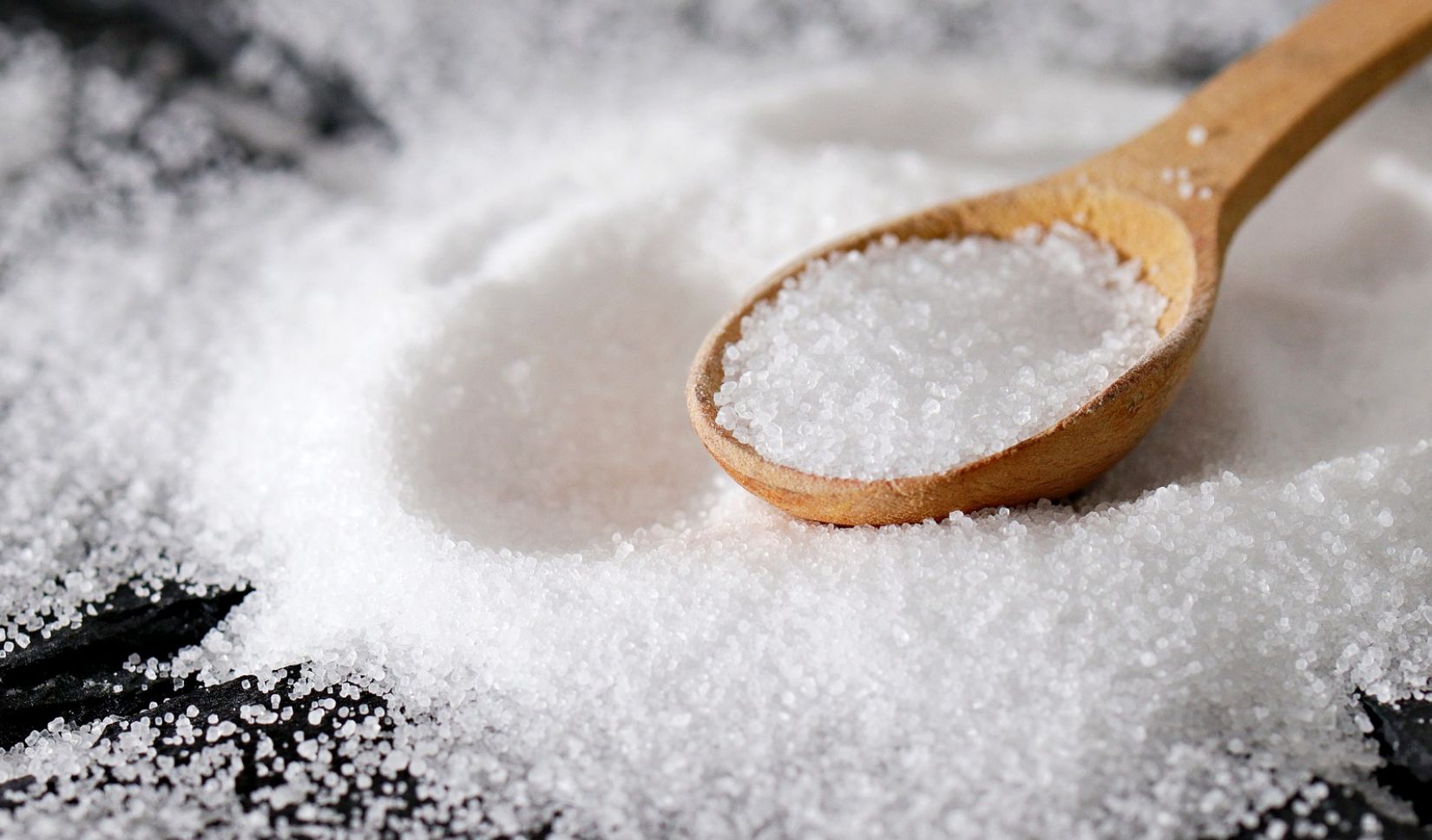As a dietician, I love helping people improve their health. The foods we eat play a massive role in our organ functioning and overall quality of life, and my goal is to help as many people as possible live healthier lives by eating better.
When I’m working with people, they usually ask me many questions. Salt is one thing people ask about a lot, probably because it’s so prevalent in many of the foods we eat every day. Frequently asked questions include:
- Is salt bad for you?
- How much sodium is too much?
If you’ve been wondering about these, read on. I’ve compiled this short guide to answer some of the most common salt and sodium consumption questions.
How much sodium per day?
The recommended amount of sodium for adults is no more than 2,300mg daily. That’s approximately one teaspoon of table salt.
Why do I crave salt?
People crave salt for a variety of reasons. Research shows that certain external factors, like boredom and stress, can make an individual crave salt. “Comfort foods,” like macaroni and cheese, pizza, and fried foods, tend to be high-sodium foods, so the factors that push people toward comfort foods—including a lack of sleep—can increase their sodium consumption.
Excessive sweating and certain conditions, like Addison’s disease and cystic fibrosis, can also cause salt cravings.
When you’re craving salt, using other herbs and seasonings in your food can be helpful. For example, you can make a zesty homemade pesto sauce with fresh basil instead of a salty jarred alfredo. Similarly, you can make homemade chili with cumin and cilantro instead of salty canned chili. Generally, cooking at home effectively reduces sodium intake, as salt is often used as a preservative in packaged foods.
By embracing a diet rich in whole foods and using spices and herbs, we reduce our sodium intake and discover a whole new world of delicious, life-enhancing meals.
Where does salt come from?
Salt is a mineral found in two sources: halite, commonly known as rock salt, and seawater. Nutritionally, salt from both sources is identical—as are “specialty” salts like Himalayan pink salt.
Is salt bad for you?
In a word, no. Salt is not bad for you. However, excessive consumption of salt is harmful to your health. Excessive sodium consumption is linked to increased blood pressure, which can increase your risk of suffering a heart attack or stroke.
As a dietitian, I often say, “Salt is like the sun. It is essential for life in moderation, but too much can be harmful.” Our journey toward a heart-healthy lifestyle does not mean eliminating salt, but learning to appreciate the flavors nature provides us.
So, how much sodium is too much? Any more than 2,300mg per day. To maintain a heart-healthy lifestyle, track how much sodium you consume daily. The amount of sodium in each serving is listed in the nutrition facts for packaged foods. When making homemade meals, you can easily track how much salt you add to the food.
What are foods with high sodium?
High-sodium foods include, but are not limited to:
- Deli meats
- Smoked and canned meats like sausages
- Shrimp
- Processed and packaged foods
- Packaged sauces and dressings
- Pizza
- Bread and rolls
Cutting back on high-sodium foods is just one of the heart-healthy lifestyle changes you can make to improve your health and overall quality of life. Remember, every small change in your diet can improve your health and well-being.
For more information about heart-healthy habits and their impact on your well-being, read our blog post on How Sodium Negatively Impacts a Heart-Healthy Lifestyle and Heart-healthy Food Swaps.




